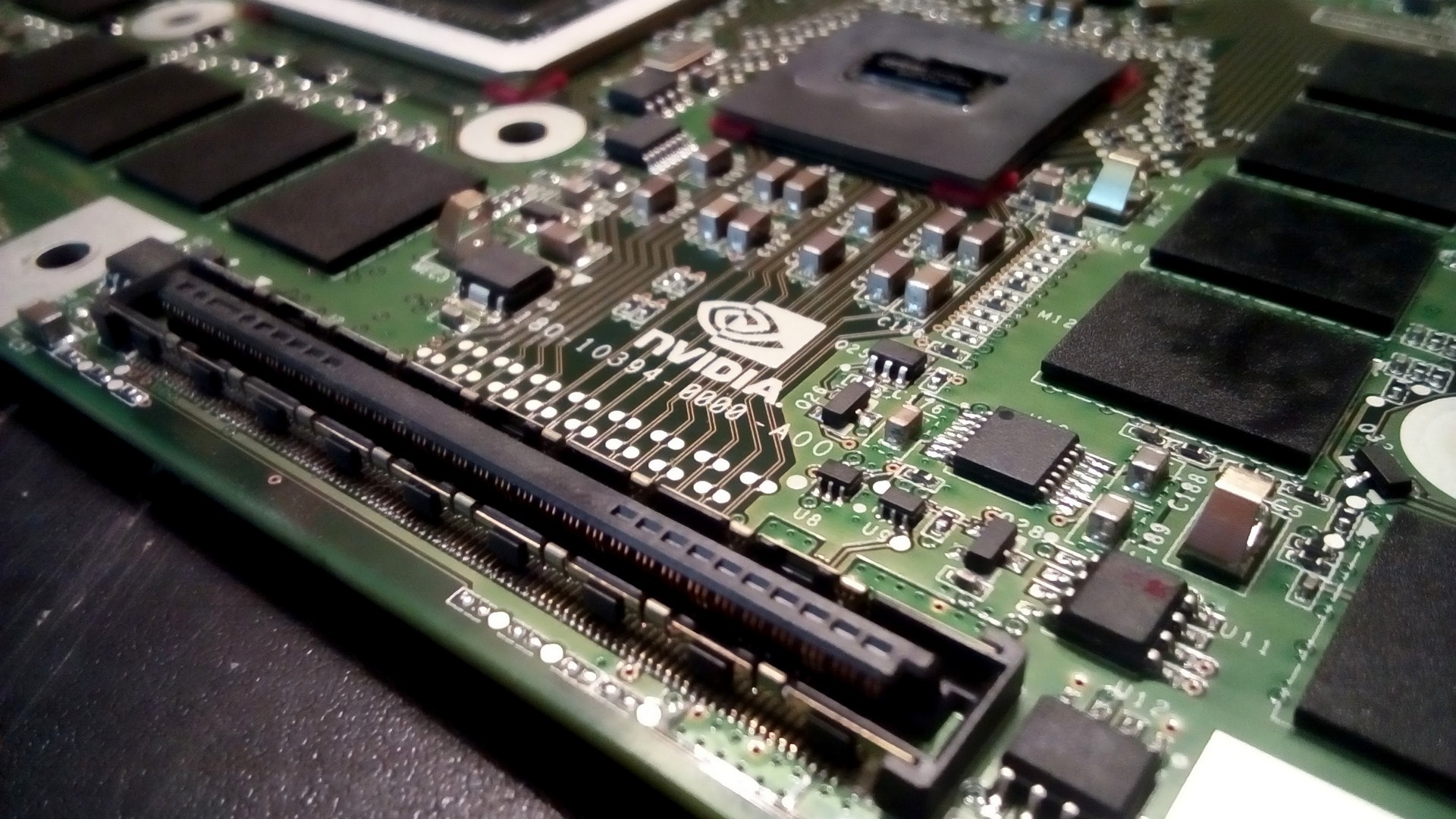Nvidia stock down as tech firm fails to impress with Q3 revenue forecasts

Nvidia posted strong quarterly results after Wednesday’s closing bell but forecast a third-quarter gross margin that could miss market estimates — putting a damper on investors who have driven a dizzying rally in the AI chip giant.
Shares of the Santa Clara, Calif.-based company — which have risen more than 150% this year — fell 3% in extended trading after it closed the regular session down 2%.
The world’s second most valuable company, led by CEO Jensen Huang, took a slight hit after it forecast revenue of $32.5 billion for the third quarter, compared with analysts’ average estimate of $31.77 billion, according to LSEG data.
It posted revenues for the three months ended in July of $30 billion, up 15% from the previous quarter and up 122% from a year ago.
Nvidia added that it expected several billion dollars in revenue from its latest Blackwell chips in the fourth quarter, addressing wide-spread concerns of reported production delays hampering growth.
Investors had lofty expectations from the chipmaker, following a more than seven-fold surge in Nvidia’s shares over the last two years, making it one of the biggest beneficiaries of a rally in AI-linked shares.
Such was the hype around the company’s second-quarter results that there was an unofficial watch party for the firm’s livestream event organized at an Irish pub in Manhattan.
The California tech giant that produces semiconductors used to power artificial intelligence technology briefly became the most valuable company in the world in June, surpassing Microsoft and Apple.
It’s $3.1 trillion market cap trails only the $3.4 trillion value of the iPhone manufacturer.
Nvidia has roughly 80% of the AI chip market, including the custom AI processors made by cloud computing companies like Google, Microsoft and Amazon.
“(Nvidia) alone has been a huge contributor to the overall profitability of the S&P 500,” said Steve Sosnick, chief strategist at Interactive Brokers. “It’s the Atlas holding up the market.”
Earlier this week, The Post was among a number of media outlets to report on the company’s highly competitive working environment.
Current and former employees at Nvidia, quoted by the Bloomberg news agency, described the “pressure cooker” demands of seven-day work weeks, long office hours with regular 2 a.m. finishes and frequent shouting matches and fights at meetings.
But the firm boasts a relatively low worker attrition rate due to the fact that its employees are given stock grants that typically vest over a four-year period.
Since 2019, Nvidias stock has surged by 3,776% meaning employees who have been working at the company for the past five years are likely to be millionaires.
That generous stock compensation package is a powerful incentive for employees to withstand the grind and remain at the company.
Huang, whose net worth is estimated to be $111 billion by the Bloomberg Billionaires Index, claims he is reluctant to fire employees, opting instead to torture them into greatness.”
He said his approach to employees has been key to the success of Nvidia.
When you fire somebody, youre saying, a lot of people say: it wasnt your fault, or I made the wrong choice, or there are very few jobs, Huang said during an interview in June when asked why he doesnt fire people.
Last year, 5.3% of employees left Nvidia. But after the companys market capitalization exceeded $1 trillion, the rate of worker attrition fell to just 2.7%.
In the semiconductor industry, the rate of employee turnover is much higher 17.7%, the company claims.
Employees who have been with the company for a decade have more than enough money to retire, but instead are opting to stay on because they anticipate a larger windfall when the next stock grant vests.
Bloomberg reported how newly minted multimillionaire employees at the company brag about new vacation homes they were buying, as well as snapping up tickets to the Super Bowl and NBA Finals.